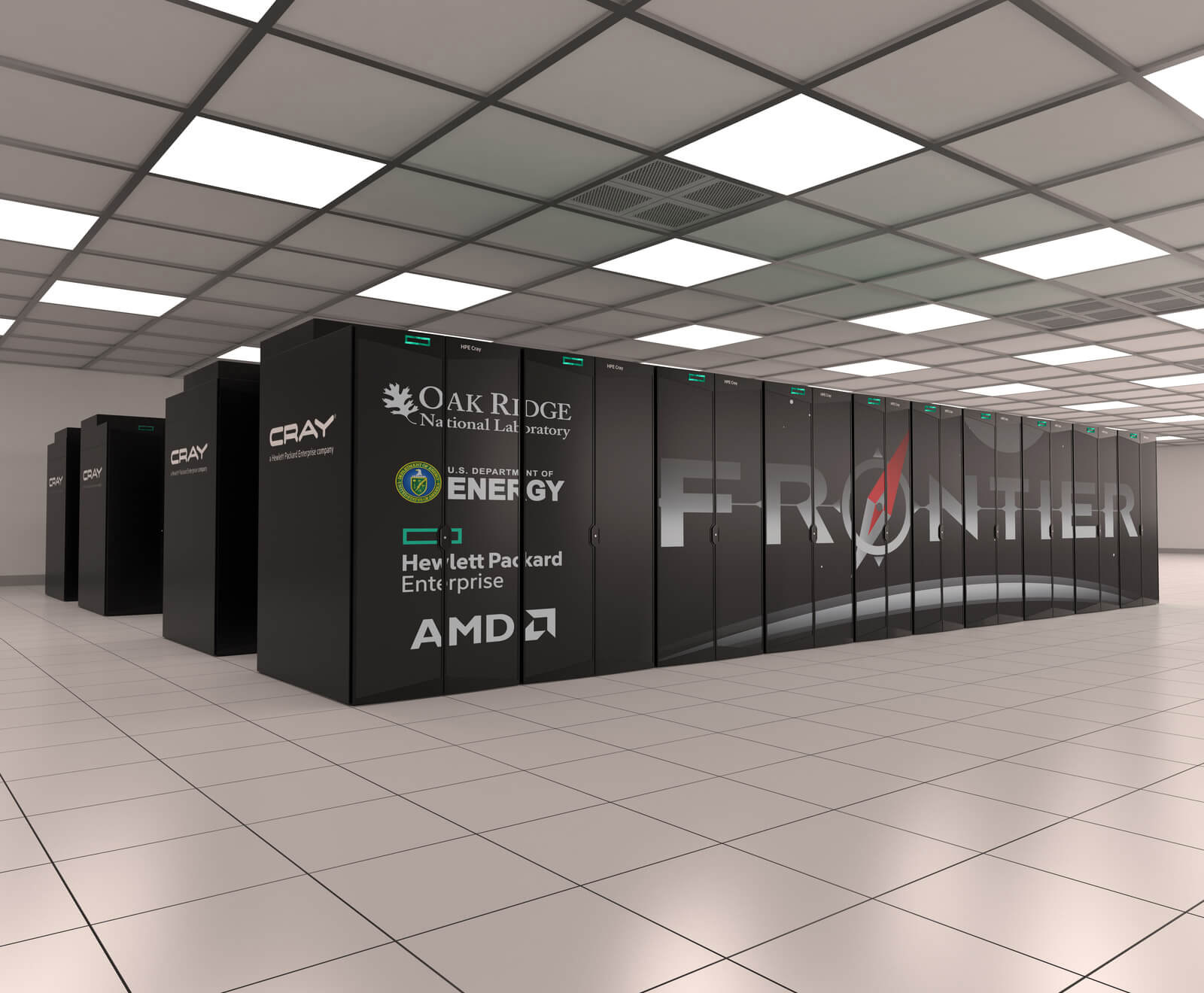
The challenges we face today in science, technology and big data are bigger, more complex and more pressing than ever before. For this reason, we need a completely new computational approach HPE supercomputerswho are already contributing to important scientific discoveries, making leaps in innovation and achieving breathtaking achievements in the service of society and the individual.
From pharmaceutical research to extreme weather forecasting and space exploration, High Performance Computing (HPC) is accelerating discovery, improving computational accuracy, and pushing the boundaries of human imagination, opening up new frontiers in knowledge and technological advancement.
It is self-evident that in order to cope with the complexity of the modern world, we need much more powerful computers. Supercomputing technologies are the best answer to new challenges because they have much more processing power and much faster speeds than the traditional computers we knew before. By leveraging HPC technologies, organizations benefit greatly as they can now more effectively manage the full range of data-related tasks, from small operations to high-demand tasks, while gaining a better understanding of information. and events that are difficult for a human to detect, measure, or analyze.
Supercomputing is transforming today’s data centers with the capabilities of the future. However, HPC technologies can be useful to any organization that runs complex data projects and has great needs for speed, flexibility, and scalability, as they are also offered as a service in the cloud.
Therefore, to solve the most important scientific, engineering and business problems of today, continuous investments in supercomputing technologies will be required. Organizations that strategically adopt these technologies will have the potential to exponentially grow and lead in their respective fields.
HPE Supercomputers provide an integrated computing, software, storage and networking solution, and have exascale performance. They feature a next-generation HPC architecture designed from the ground up to leverage the insights that emerge from huge, ever-growing volumes of complex data.
The solutions offered by HPE supercomputers are also becoming a critical infrastructure for artificial intelligence and machine learning—technologies that are rapidly moving from research labs to industrial production—as they greatly facilitate data processing, thereby providing an important competitive advantage for both enterprises and research and scientific organizations that use them.
That’s why many leading organizations around the world are turning to the revolutionary power of HPE Supercomputing.

Some date stations:
- At the end of May, 2022 HPE announced that The bordernew supercomputer he built using AMD technology to Oak Ridge National Laboratory (ORNL) Department of Energy, reached 1.1 exaflops, thus becoming the world’s fastest supercomputer, the first to break the exascale barrier. The supercomputer, which is more powerful than the world’s next seven supercomputers combined, will allow scientists to create models and run simulations at six scales. Thus, they will be able to solve problems 8 times harder and 10 times faster. With its cutting-edge capabilities and unparalleled performance, Frontier is predicted to accelerate discovery, revolutionize science, and solve the world’s most intractable problems in critical areas such as diagnosis and prognosis, cancer and other diseases, drug discovery, renewable energy, and new technologies. . materials to create safer and more environmentally friendly products.
- In October 2020, the European Joint Venture for High Performance Computing (EuroHPC JU) commissioned HPE to build one of the world’s fastest supercomputers based in Finland. Its maximum performance will approach 550 petaflops. The new supercomputer, called LUMI, will use HPE Cray EX supercomputers and aims to strengthen the field of research, development and innovation in order to advance science, increase industrial competitiveness and ensure Europe’s technological superiority.
- April 2021 Swiss National Center for Supercomputing (CSCS), HPE and NVIDIA announced the creation of Alps, the world’s most powerful supercomputer for developing artificial intelligence applications, based on the HPE Cray EX series of supercomputers. The Alps will be used to conduct cutting-edge research in a wide range of fields, including climate and meteorology, materials science, astrophysics, computational fluid dynamics, life sciences, molecular dynamics, quantum chemistry and particle physics, as well as in areas such as economics and social sciences. . Important discoveries, such as new drug discoveries, are expected to be made possible by the possibilities offered by this new supercomputer.
- In November 2021, HPE announced one of the most powerful supercomputers in Europe, which will be installed and CINEMA (National Computing Center for Higher Education) in France. The new supercomputer called “Adastra” uses the HPE Cray EX system. Combining vastly advanced modeling, simulation, artificial intelligence, machine learning, and analytics capabilities, Adastra will help scientists and researchers use their ideas faster and more accurately to advance research in areas such as developing renewable energy sources, discovering new, efficient materials that can be used to creating next-generation batteries; and advancing medical research for drug development and production.
- In May 2022, HPE, in partnership with GENCI, the French National Infrastructure for High Performance Computing technologies, announced the construction of Jean Zaia supercomputer to be used in research in basic physical sciences such as particle physics, cosmology, and life sciences to promote breakthroughs in fusion power generation, space exploration, and climate prediction, and enhance applied research capabilities to improve such areas as medicine and internal combustion engines for cars and aircraft, and helps find solutions for natural disasters and pandemics.
Source: Kathimerini
Robert is an experienced journalist who has been covering the automobile industry for over a decade. He has a deep understanding of the latest technologies and trends in the industry and is known for his thorough and in-depth reporting.